Hibiscus tea belongs in most households. It often occurs in combination with rose hips. The plant can not only be processed into a tasty tea. Its ingredients also give it medicinal properties.
Occurrence & cultivation of the hibiscus

Of the hibiscus belongs to the mallow family. It originally comes from warmer regions, especially from Asia and tropical and subtropical areas. There are around 275 to 600 different types of hibiscus. Hibiscus plants differ in their external appearance. They can take on herbaceous or tree-like shapes or occur as a shrub.
However, all species have flowers. These are hermaphroditic and usually fivefold. While the sepals are often reminiscent of bells, the corolla can be dipped in a wide variety of colors. The flowers are usually white, pink, red, blue, or purple. Nowadays, subspecies of the hibiscus can be found in numerous gardens. In order for the plant to bloom, however, it often needs warm temperatures.
It only shows its most beautiful side in summer, at around 27 to 28 degrees. In winter, the hibiscus can survive as a potted plant in the apartment. As soon as it gets warmer, however, it should be put out in the fresh air. The hibiscus does not tolerate temperatures of over 28 degrees. Accordingly, it is considered a "winter plant" in its home regions, when the thermometer reaches even higher temperatures there. The hibiscus is collected during its heyday.
Effect & application
Although the hibiscus is only known as an addition to tea in this country, it can alleviate some symptoms and contribute to improved well-being. In contrast to many drugs from conventional medicine, the leaves of the plant are considered to be well tolerated. The ingredients of the hibiscus are decisive for its healing properties. These mainly include fruit acids, malic acid, tartaric acid, citric acid, anthocyanins, flavonoids, phytosterols, mucus and pectin.
Its abilities are described as thirst quenching, laxative, diuretic, cholentic, antibacterial and antispasmodic. Accordingly, it is suitable for various diseases in which such an effect can be useful. Most commonly, hibiscus is consumed as a tea. To do this, you can pour hot water over the dried flowers. After about 7 minutes, the remaining components should be removed.
For a medicinal effect, the use of organic tea is particularly recommended. The contained flavonoids make a significant contribution to the healing properties of the hibiscus. At the same time, they represent the plant's own defense mechanism against insects and competing plants. Insecticides and pesticides are used in non-organic cultivation. Because the hibiscus no longer needs its flavonoids, they can no longer be found in the components of the plant after a few generations in monoculture.
The tea obtained can be drunk warm or cold. Apart from the internal use, an envelope can also be made with the help of scraps of fabric. If there are extensive external complaints, the hibiscus flowers should be added to the bath water. A hip bath is also possible. Tinctures available in pharmacies have an even higher concentration of active ingredients. Overall, only the flowers of the hibiscus are used for medical purposes. These also give most tea blends their red color.
Importance for health, treatment & prevention
Hibiscus can play a key role in maintaining good health. For example, the flowers contain a high amount of vitamin C. Vitamin C strengthens the immune system and can thus reduce susceptibility to disease. As part of prevention, the tea should be drunk several times a day. The contained flavonoids protect cells and vessels from free radicals. Free radicals, in turn, are responsible for numerous degenerative diseases.
In this way, hibiscus can help prevent Alzheimer's disease, for example. At the same time, the ingredients act against bacteria. Thus, hibiscus tea is suitable as a drink during a cold illness. A poultice can help alleviate a bacterial rash. The tea used should, however, have already cooled down to avoid burns.
In addition, hibiscus is said to be expectorant. With this property, it is also used for coughs and runny nose. The dehydrating effect can be used as part of a dehydration cure. However, this should be done under the supervision of a doctor. For some ailments, diuretics can be beneficial, such as kidney problems or bladder infections.
If there is an infection of the urinary tract, the responsible pathogens should be flushed out so that healing can take place quickly. The frequent urge to urinate can help to empty the bladder regularly. Overall, the hibiscus can be used for both therapeutic and preventive measures. However, these are properties that were previously only ascribed to folk medicine.
Due to a lack of research, the effect of the plant has not yet been officially recognized. Side effects rarely occur and often manifest themselves after a very high consumption of hibiscus. For example, indigestion such as diarrhea cannot be ruled out. In the context of existing constipation, the hibiscus is sometimes used as a therapy.
Generally it is not a threatening condition. However, those affected should make sure that they drink enough fluids to make up for the loss. Pregnant women should consult a doctor before first use. Treating children with hibiscus is usually problem-free.

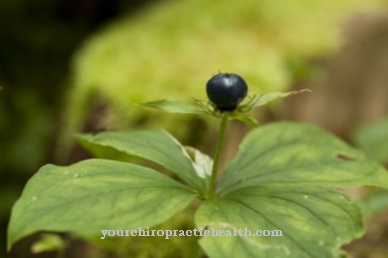

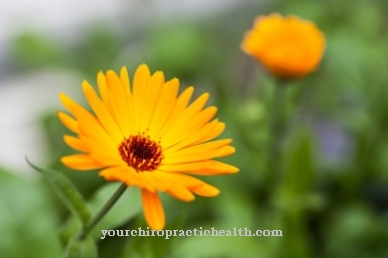
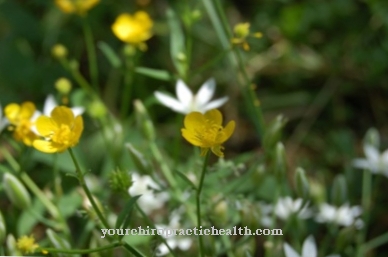
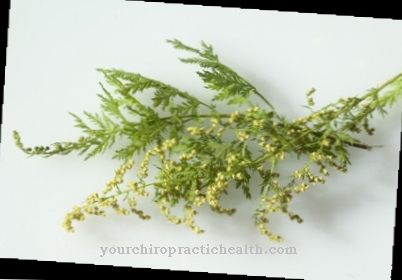
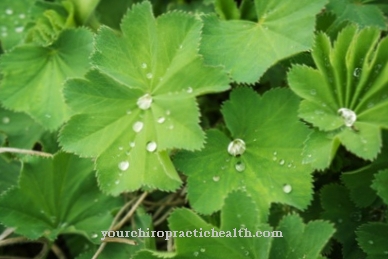


















.jpg)


